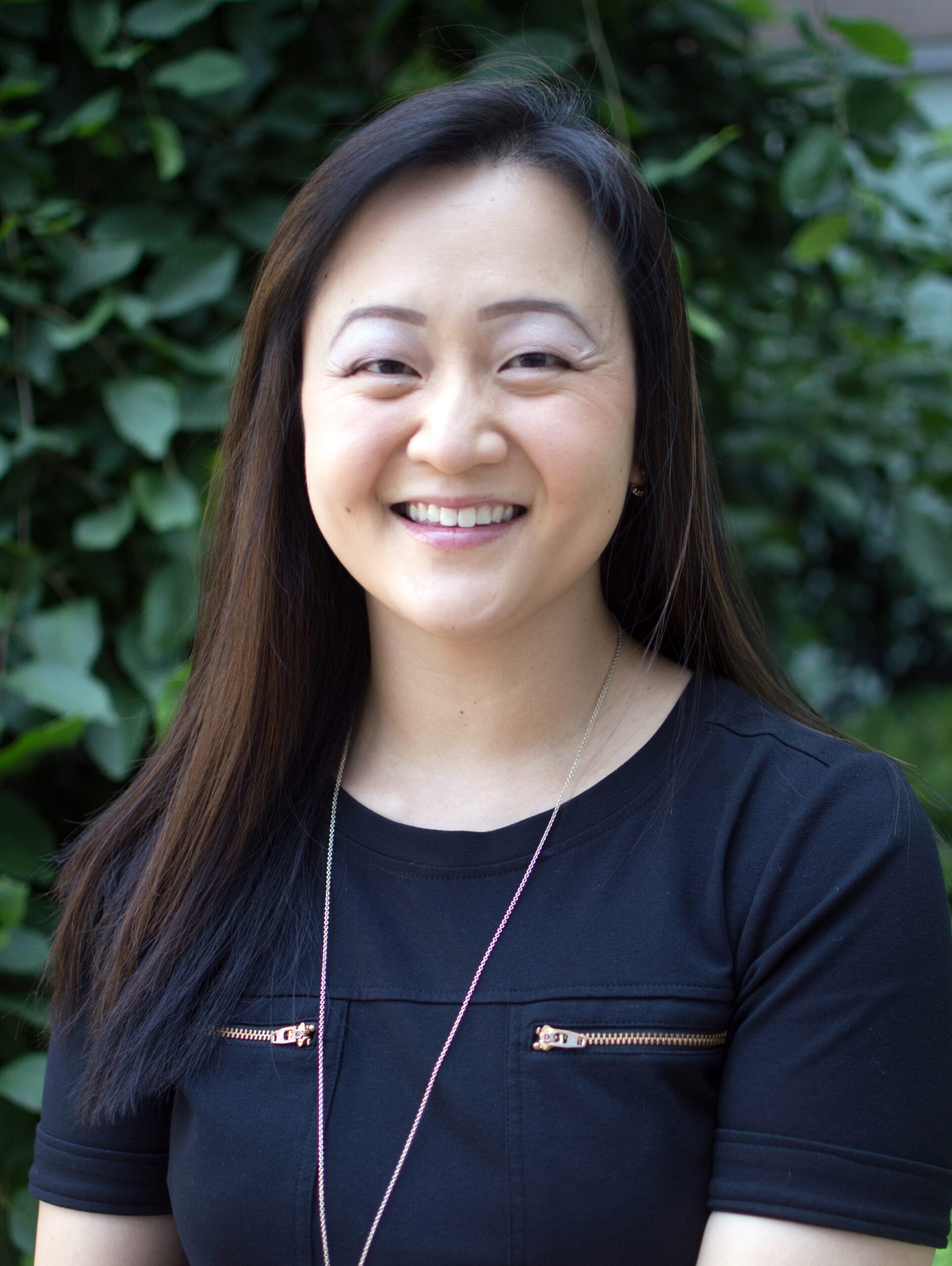In September, the Substance Abuse and Mental Health Services Administration (SAMHSA) awarded $3.75 million to Dr. Christine Peat and her team at the University of North Carolina at Chapel Hill (UNC) to develop a training center for eating disorder-related education. Dr. Peat, an assistant professor in the Department of Psychiatry, clinical instructor in the Department of Neurosurgery, and licensed psychologist in the state of North Carolina, specializes in working with college students and adults who are seeking outpatient therapy for eating disorders.

The SAMHSA funding, to be awarded over a five-year period, will support a partnership between 3C Institute and Dr. Peat’s team. “Our team…is thrilled to lead the charge in providing eating disorders training and education,” noted Dr. Peat. “To do so, UNC will partner with the 3C Institute to develop the Eating Disorders Information and Training Network (EDIT-NET)—a web-based platform that will train health care providers across disciplines in the evidence-based detection and management of eating disorders and become the national resource for eating disorder literacy.”
Such funding from SAMHSA is a first. Never before has the agency awarded specific funding to establish a Center of Excellence for Eating Disorders. 3C is honored and excited to be part of creating a tool that will benefit the millions of individuals struggling with eating disorders in the U.S.

